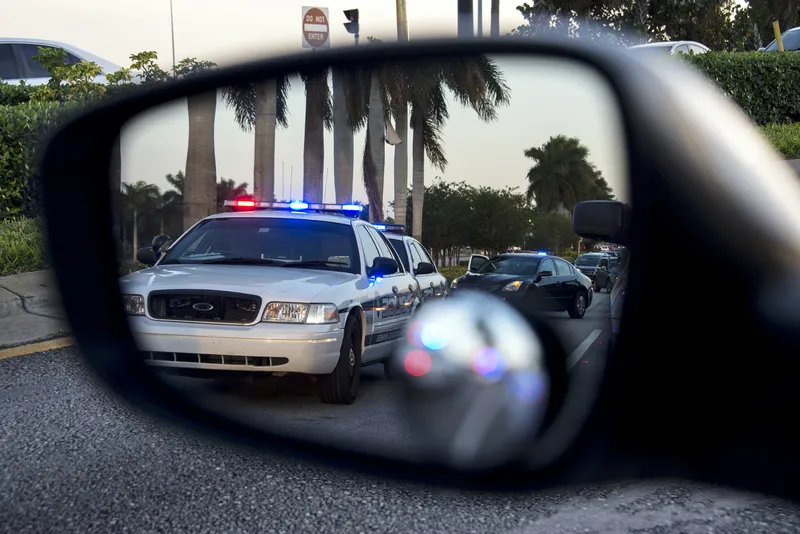The US saw a slight decline in traffic deaths during 2014, according to the Department of Transportation's
NHTSA’s Fatal Analysis Reporting System (FARS) figures for 2014 show 32,675 people died in motor vehicle crashes in 2014, a 0.1 per cent decrease from the previous year. The fatality rate fell to a record-low of 1.07 deaths per 100 million vehicle miles travelled. But estimates for the first six months of 2015 show an increase in the number of fatalities. The 2015 fatality estimate is up 8.1 per cent from the same period last year. The 2015 fatality estimate is up 8.1 per cent from the same period last year, and the fatality rate rose by 4.4 percent. NHTSA experts cautioned that while partial-year estimates are more volatile and subject to revision, the estimated increase represents a troubling departure from a general downward trend
“These numbers are a call to action,” said Transportation Secretary Anthony Foxx. “Everyone with a responsibility for road safety – the federal, State and local governments, law enforcement, vehicle manufacturers, safety advocates and road users – needs to reassess our efforts to combat threats to safety. USDOT will redouble our efforts on safety and we expect our partners to do the same.”
NHTSA has launched a series of safety initiatives in recent months, including efforts to speed technology innovations that can improve safety and the agency's first comprehensive effort to fight drowsy driving. The agency announced today that it will hold a series of cross-cutting regional meetings across the country early next year, capped by a nationwide gathering in Washington, to gather ideas, engage new partners, and generate additional approaches to combat human behavioural issues that contribute to road deaths. These meetings will address drunk, drugged, distracted and drowsy driving; speeding; failure to use safety features such as seat belts and child seats; and new initiatives to protect vulnerable road users such as pedestrians and cyclists.
“Behavioural safety programs are the heart of NHTSA's safety mission,” said NHTSA administrator Mark Rosekind. “While great public attention is focused on safety defects and recalls, and rightfully so, it is time as a nation to reinvigorate the fight against drunk and drugged driving, distraction and other risks that kill thousands every year, and time for State and local governments to reassess whether they are making the right policy choices to improve highway safety.”
Data for 2014 from NHTSA's Fatality Analysis Reporting System (FARS) show that while overall road deaths declined only slightly, it was the safest year on record for passenger vehicle occupants: 21,022 Americans died in vehicles in 2014, the lowest number since FARS began collecting data in 1975. While cyclist deaths also declined, the number of pedestrians killed rose by 3.1 per cent from 2013.
Other trends remained stubbornly constant. Deaths in drunk driving crashes continue to represent roughly one-third of fatalities; approximately half of all vehicle occupants killed were not wearing seat belts; deaths of motorcyclists without helmets remained far higher in states without strong helmet laws; and speeding was a factor in more than one in four deaths. NHTSA research shows that in an estimated 94 per cent of crashes, the critical cause is a human factor. In contrast, vehicle-related factors are the critical reason in about 2 percent of crashes.
While final 2015 numbers and a breakdown of factors in the year's fatalities will not be available until next year, NHTSA experts noted that job growth and low fuel prices could be a factor, not only in increased driving overall, but in increased leisure driving and driving by young people, which can contribute to higher fatality rates.
“USDOT is moving on many fronts to speed technology innovations that can save lives, from connected automation to the DADSS system to fight drunk driving,” Foxx said. “NHTSA is accelerating its efforts to strengthen behavioural safety programs at the core of its mission, and state and local governments need to adopt strong laws and enforce them.”
US traffic fatalities fall in 2014, but early estimates show 2015 trending higher
The US saw a slight decline in traffic deaths during 2014, according to the Department of Transportation's National Highway Traffic Safety Administration (NHTSA). However, an increase in estimated fatalities during the first six months of this year reveals a need to reinvigorate the fight against deadly behaviour on America's roads, NHSA says.
December 22, 2015
Read time: 4 mins








